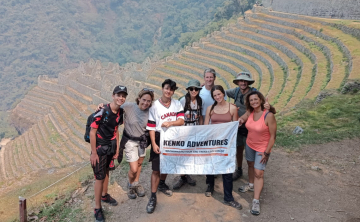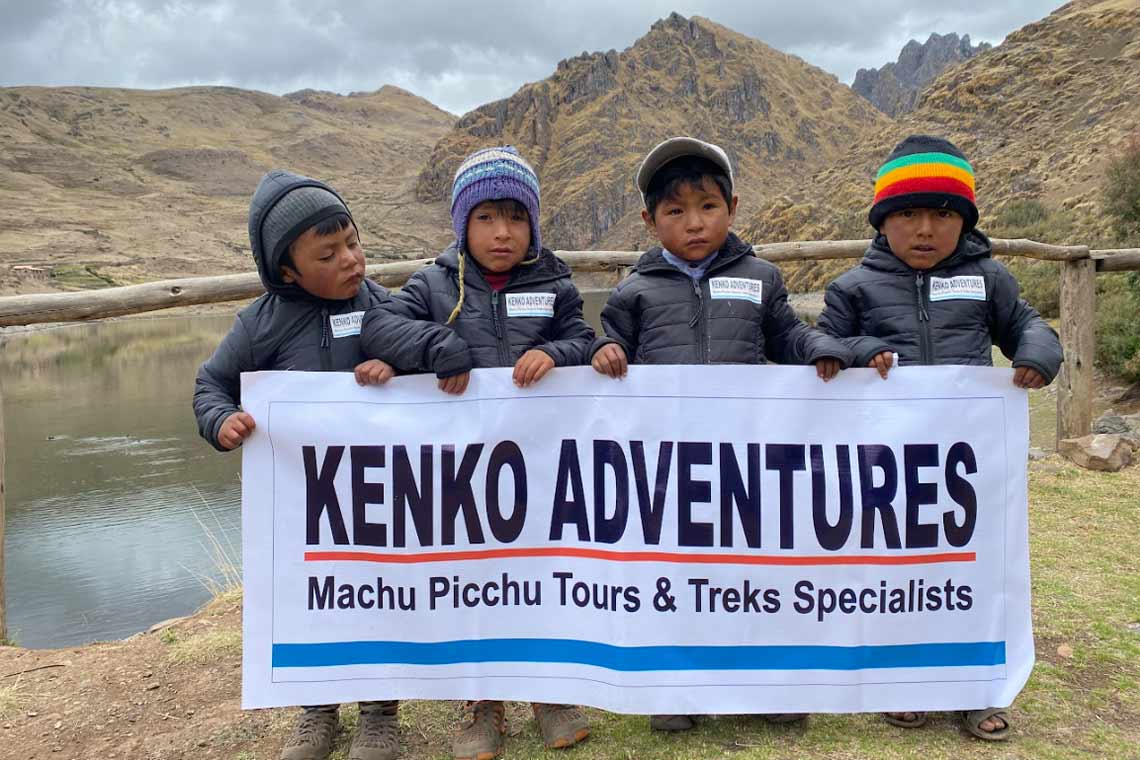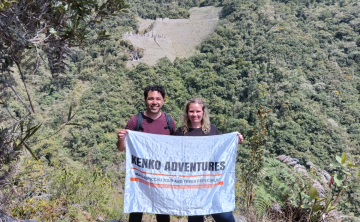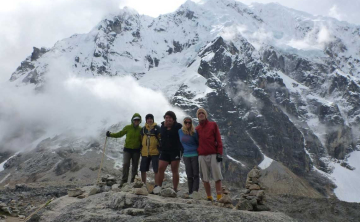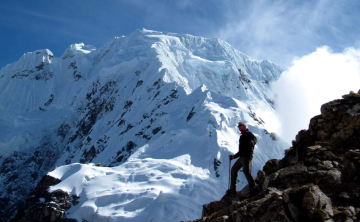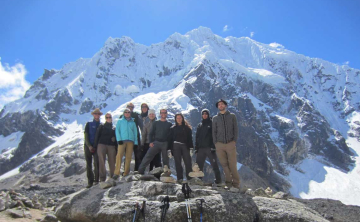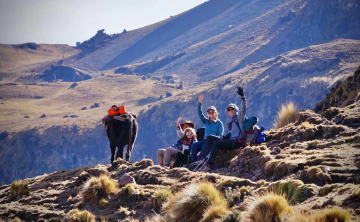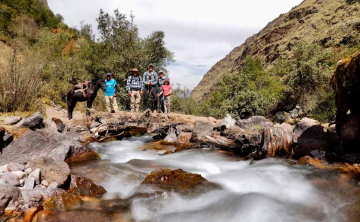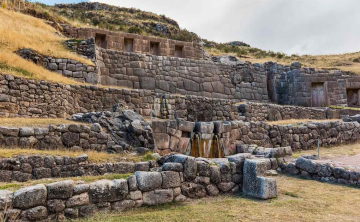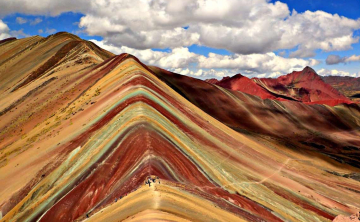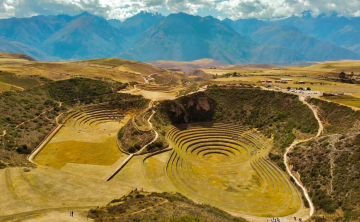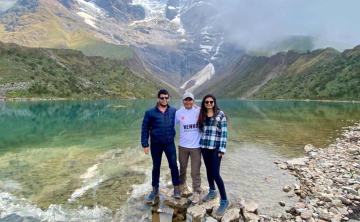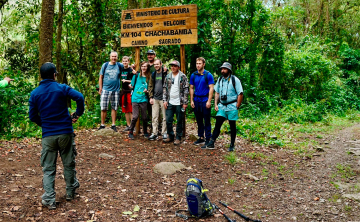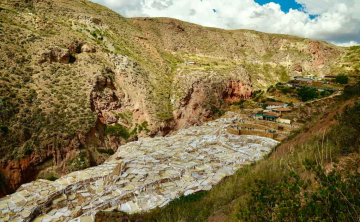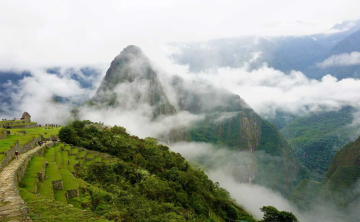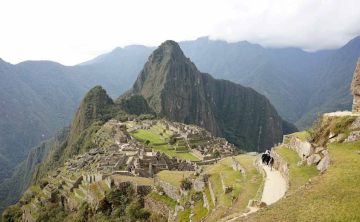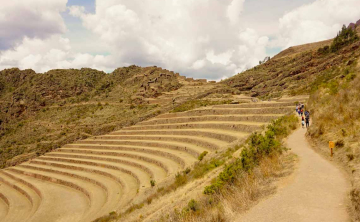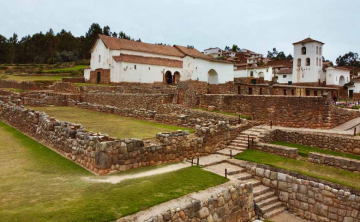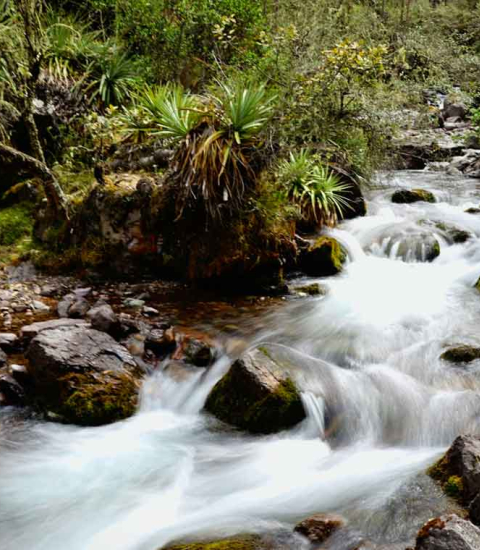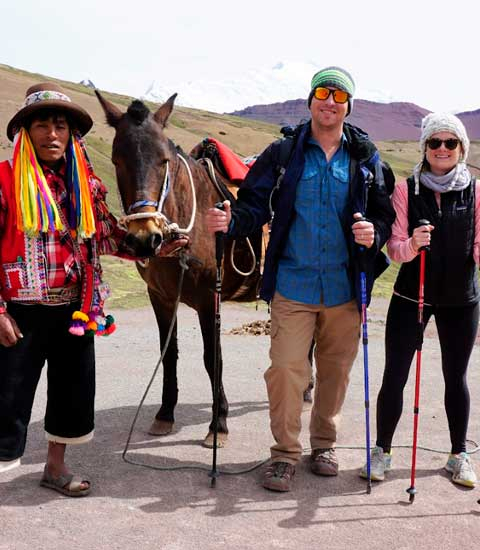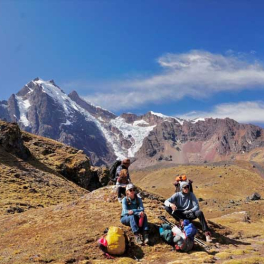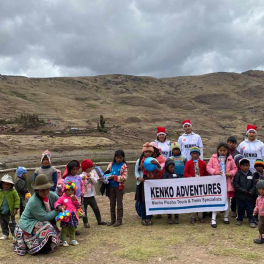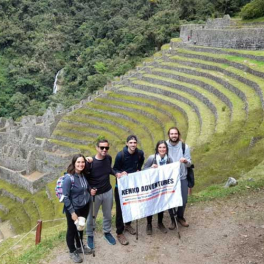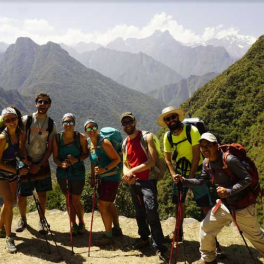With an area spanning over 37,300 hectares, Machu Picchu was rightfully declared a World Heritage site by UNESCO back in 1983. Despite being one of the most famous tourist destinations on the planet, there are some pretty interesting lesser-known tidbits about this ancient Incan citadel that m ...
Weather in Perú

Peru's weather is crazy, and this has a explanation behind the pressence of the Andean mountain range and the proximity to the Line of Ecuador. These conditions enable a meteorological pattern that could let visitors experience exaggerated sun radiation to strenuous downpours. Visitors should be aware of these conditions since this could be important for their traveling plans.
Recently due to global warming's evolution, these sudden changes in the weather have turned more pronunciated and noticeable. Glaciers in the Andean mountain range have been melting while posing a threat to already complicated ecosystems that closes space for certain species while new ones appear in the Peruvian country.
Nevertheless, amidst this climatic variability, a distinct pattern emerges in our country, particularly in the Andean regions, where we predominantly experience two main seasons throughout the year. These seasons, characterized by their unique climatic features and ecological shifts, play a crucial role in shaping the rhythms of life for both locals and visitors alike.
The weather in Peru not only influences daily activities but also shapes cultural practices and traditions.
The farming activity are heavily related with the seasonal cycles that are present in the Andes, the last and first months of each year are known due to the heavy presence of rain, by this time all the crops must be planted and ready for growth. And in yuxtaposition to this fact, the dry season is the perfect time for harvests, this is carried by local celebrations too and by the end of the harvesting farmers let the land "rest" for the rest of the year before beginning with planting once again.
Seasons in Cusco and troughout the Andes are considered two, dividing the year in a season of raining (self-explanatory) and one of "drying" due to the consistent presence of the sun, radiation in Cusco increases considerably, so having a sunscreen is always recommended.
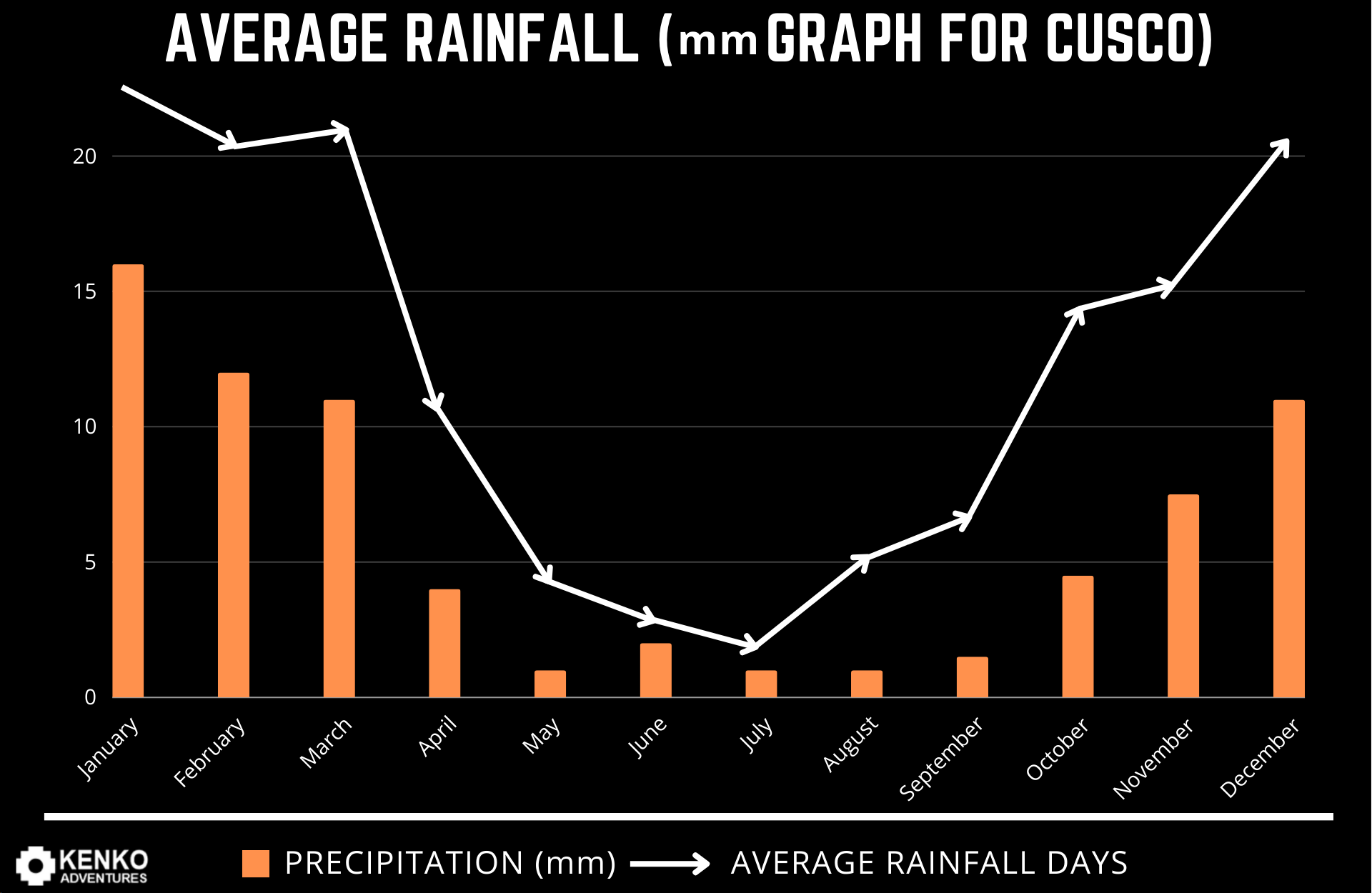
Dry Season: We consider the dry season from the end of April until the end of September, in this period the first rains will start. For this reason this is the best time to visit our region and our amazing Machu Picchu and also avoid any inconveniences.
Rainy Season: This season starts on October until the end of April approximately, so during this time it is advised to all of our visitors to pack their belongings into waterproof bags, as in our region it can be sunny the first 2 hours and then have a heavy rain.
We know that there are extreme climates worldwide, but this must not stop us from our longing and desire to explore the world, to discover marvelous cultures and interact with them. Be welcomed to Perú and Machu Picchu.
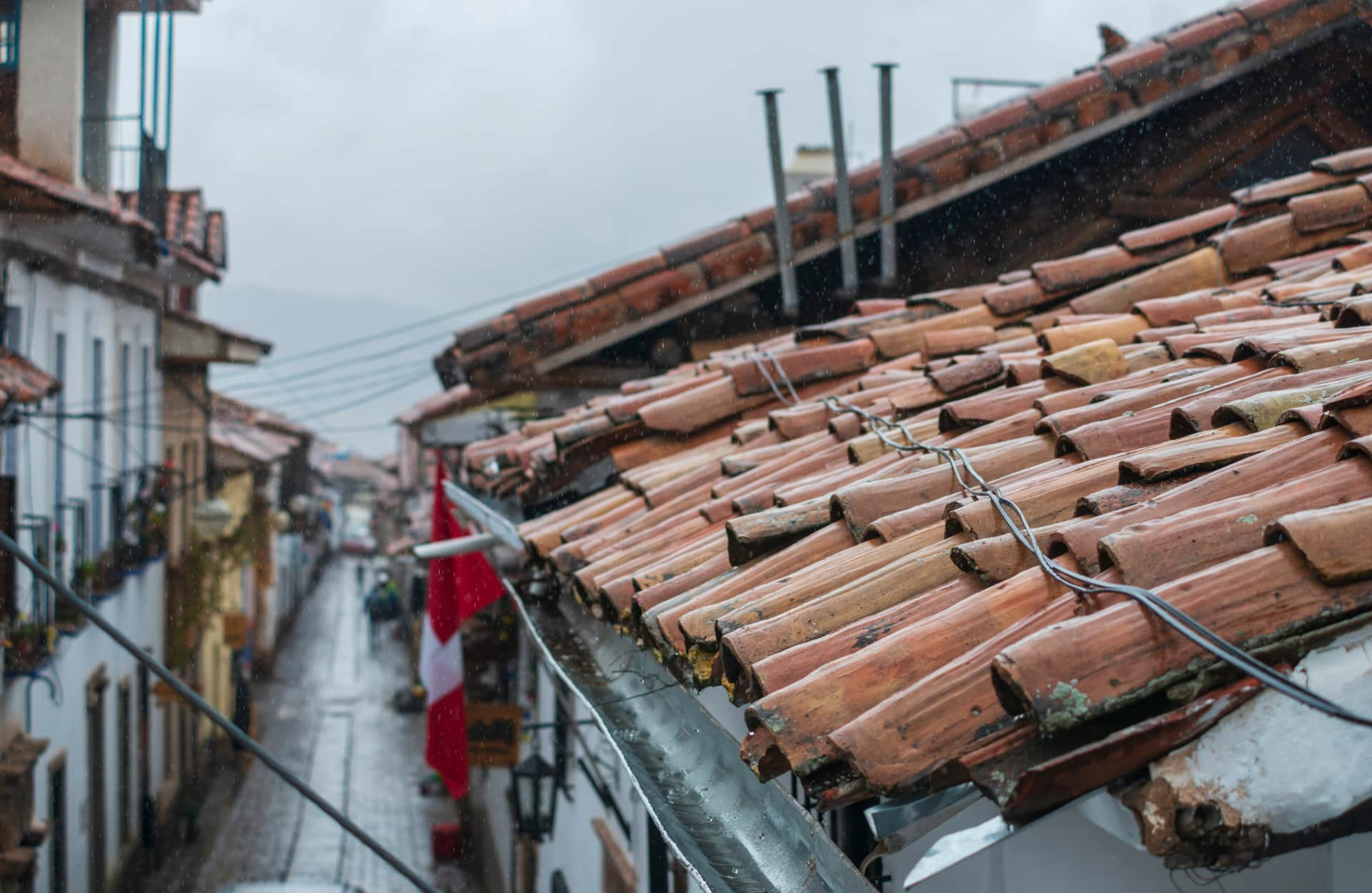
One day Inca Trail hike to Machu Picchu
More blog articles
A Historical Review
Kenko Adventures takes pride in being part of the most important/looked forward destination in all South America. Because of it, today's blog theme will extend on one of the reasons lots of visitors p ...
Ollantaytambo is a Peruvian town and Inca archaeological site, the capital of the district of the same name located in the province of Urubamba, which is also located in the zone denominated as the Sacred Valley of ...
